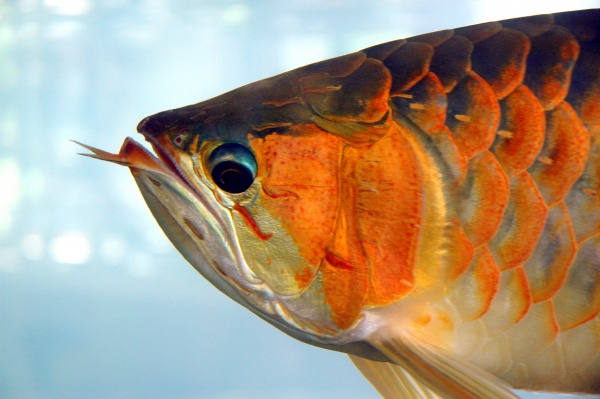Facts About Asian arowana
The Asian arowana, commonly known as the Asian bonytongue or dragonfish, is a captivating freshwater species native to Southeast Asia. Although previously considered a single species, recent research indicates the presence of multiple species within this group. These fish thrive in blackwater rivers and forested wetlands, where their diet primarily consists of other fish and insects.
Culturally, the Asian arowana holds great significance, particularly in regions with strong Chinese influences. They are regarded as symbols of good luck and prosperity due to their resemblance to Chinese dragons. This cultural reverence has had a mixed impact, raising awareness about their endangered status while simultaneously driving demand that threatens their survival.
Genetic studies have shown that Asian arowanas diverged from their Australian relatives around 140 million years ago. They exhibit various color varieties specific to different regions, including green, silver Asian, red-tailed golden, gold crossback, and the striking super red.
Conservation efforts for these fish are vital. Habitat loss poses a significant threat, and they are listed as endangered on the IUCN Red List. Additionally, they are protected under the Convention on International Trade in Endangered Species of Wild Fauna and Flora (CITES). Conservation strategies include captive breeding programs and studies aimed at maintaining genetic diversity.
For hobbyists who keep Asian arowanas as pets, it is essential to provide large aquariums with specific water conditions and a diet rich in protein. These fish are highly sought after by aquarists, which unfortunately exerts additional pressure on some of the more endangered color varieties.

 Papua New Guinea
Papua New Guinea